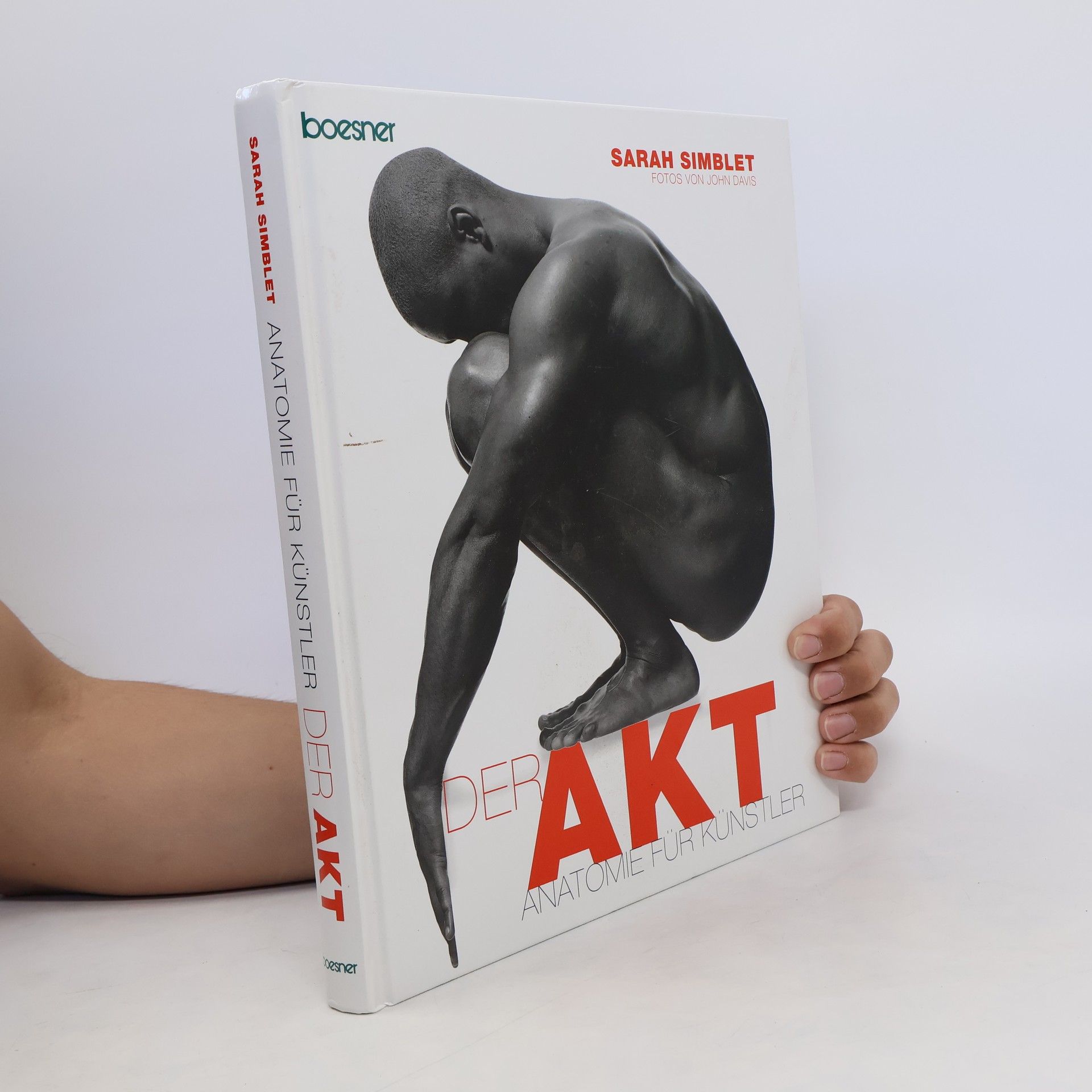Die Aktzeichnung ist nach wie vor eine der Grundlagen bildnerischen Gestaltens. In diesem Buch eröffnet die Künstlerin und Kunsthistorikerin Sarah Simblet neue Perspektiven auf dieses klassische Sujet. Über 250 Aktfotos und 100 anatomische Zeichnungen zeigen den menschlichen Körper in den unterschiedlichsten Perspektiven. Intensivkurse erklären im Einzelnen das Zeichnen von Skelett, Kopf, Hände, Füße, Brustkorb und Rücken. Ein neuartiges Seh-Erlebnis bieten Zeichnungen auf Transparentpapier, die, über die Fotos gelegt, einen „Röntgenbild-Effekt“ erzeugen. Anhand von 10 Meisterwerken zeigt die Autorin, welche Rolle die Anatomie für die künstlerische Aussage spielt. Dieses Werk ergänzt herkömmliche Zeichenkurse und -bücher um unentbehrliches Hintergrundwissen.
John Davis Bücher
Dieser britisch-amerikanische Entdecker und Journalist ist bekannt für seine Reisen durch den Süden der Vereinigten Staaten. Seine Schriften fangen den Geist des späten 18. und 19. Jahrhunderts ein und bieten eine einzigartige Perspektive auf die Landschaften und Lebensweisen, die den amerikanischen Süden prägten. Als Journalist und Entdecker versuchte er, die Welt um sich herum mit scharfer Beobachtung und Interesse an menschlichen Geschichten zu dokumentieren. Sein Werk zeugt von seiner abenteuerlichen Natur und seinem Entdeckergeist.






Kunst der Vereinigten Staaten 1750–2000
Eine kommentierte Quellenanthologie
Kunst der Vereinigten Staaten 1750–2000 ist eine wegweisende Anthologie, die drei Jahrhunderte amerikanischer Kunst anhand einer breiten Auswahl historischer Texte vorstellt, darunter u. a. Schriften von Künstler/-innen, Kritiker/-innen, Mäzen/-innen und Literat/-innen. Durch die Zusammenstellung der Texte mit hochwertigen Reproduktionen von Kunstwerken bietet das Buch eine unverzichtbare Grundlage für das Verständnis der bildenden Kunst der Vereinigten Staaten. Erläuternde Einleitungen, kontextbezogene Essays und Karten begleiten die Quellen ebenso wie kurze Texte zu einzelnen epochentypischen Kunstwerken. Die Texte einer Reihe von bekannteren Künstler/-innen und kulturellen Persönlichkeiten – darunter John Adams, Thomas Cole, Frederick Douglass, Mary Cassatt, Edward Hopper, Clement Greenberg und Cindy Sherman – werden ergänzt durch Quellen von bisher weniger bekannten Autor/-innen.
Collins International Primary Maths supports best practice in primary maths teaching, whilst encouraging teacher professionalism and autonomy. A wealth of supporting digital assets are provided for every lesson, including slideshows, tools and games to ensure they are rich, lively and engaging.
No one has ever seen God. In fact, the Bible says it's impossible. And yet, to live the Christian life, you must see God. If we can see God, the very sight of Him will fuel and motivate all the other aspects of our lives. So how do we do it? John Davis delves into the ways that we can see God. We see God in His Word; we see Him in the person of Jesus Christ; we even see Him reflected in one another. Although God remains unseen, He has revealed Himself in a whole host of ways. Our hearts perceive Him in the beauty of creation, and in moments of wonder and transcendence. Davis also gives helpful counsel for when we feel like we can't see God, or don't want to see Him. When we behold God's glory it changes everything about us. In keeping our sight fixed on Him, we reflect Him more and more. John Davis invites us to join him in fixing our eyes on the One who is invisible and look forward to the day when we will see Him face to face.
"The Diamond Approach has been developed and taught over the last twenty-five years by Hameed Ali (known chiefly by his pen name, A. H. Almaas), who is widely recognized as a leader in the integration of spirituality and psychology. This is the first book to introduce the complete spectrum of his teachings to a general audience"-- Provided by publisher
Foreign Policy Speeches of Obama
- 204 Seiten
- 8 Lesestunden
Barack Obama's oratory skills were crucial during his 2008 presidential campaign and continued to shape his foreign policy once in office. This book offers a detailed examination of his significant speeches addressing key issues such as relations with the Muslim world, nuclear proliferation, and strategies in Afghanistan and Pakistan. It enables readers to evaluate how effectively Obama addressed both domestic and global expectations tied to his foreign policy agenda, providing critical insights into his presidency.
Focusing on the transformative years of the 1960s and 1970s, the book explores London's evolution from an industrial city to a modern 'world city.' It critiques the narrow focus on the 'Swinging London' era, positioning it as a fleeting moment amid broader changes. Through various case studies, key themes such as consumerism, gentrification, deindustrialization, and racial tensions are examined, revealing how these factors laid the groundwork for the socio-economic landscape shaped by Margaret Thatcher's policies post-1979.
A Hidden History of the Tower of London
- 272 Seiten
- 10 Lesestunden
The Tower of London is an iconic building, having held many famous prisoners since it was first built in the 1100s.
King John, Henry III and England's Lost Civil War
- 240 Seiten
- 9 Lesestunden
This is the story of how the varying actions of two very different kings both threatened and created the English way of life, and ultimately put England on the path to its Lost Civil War.